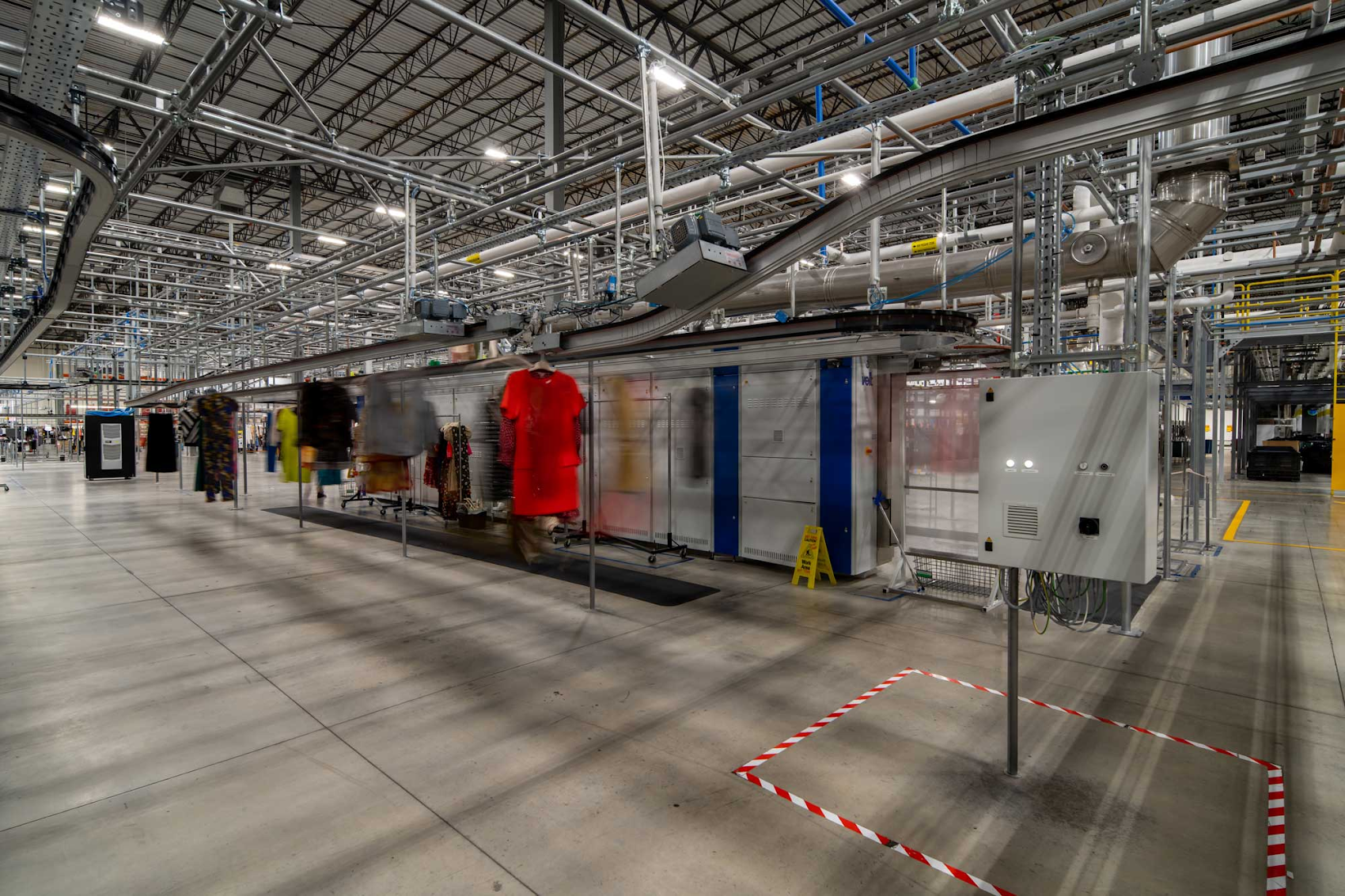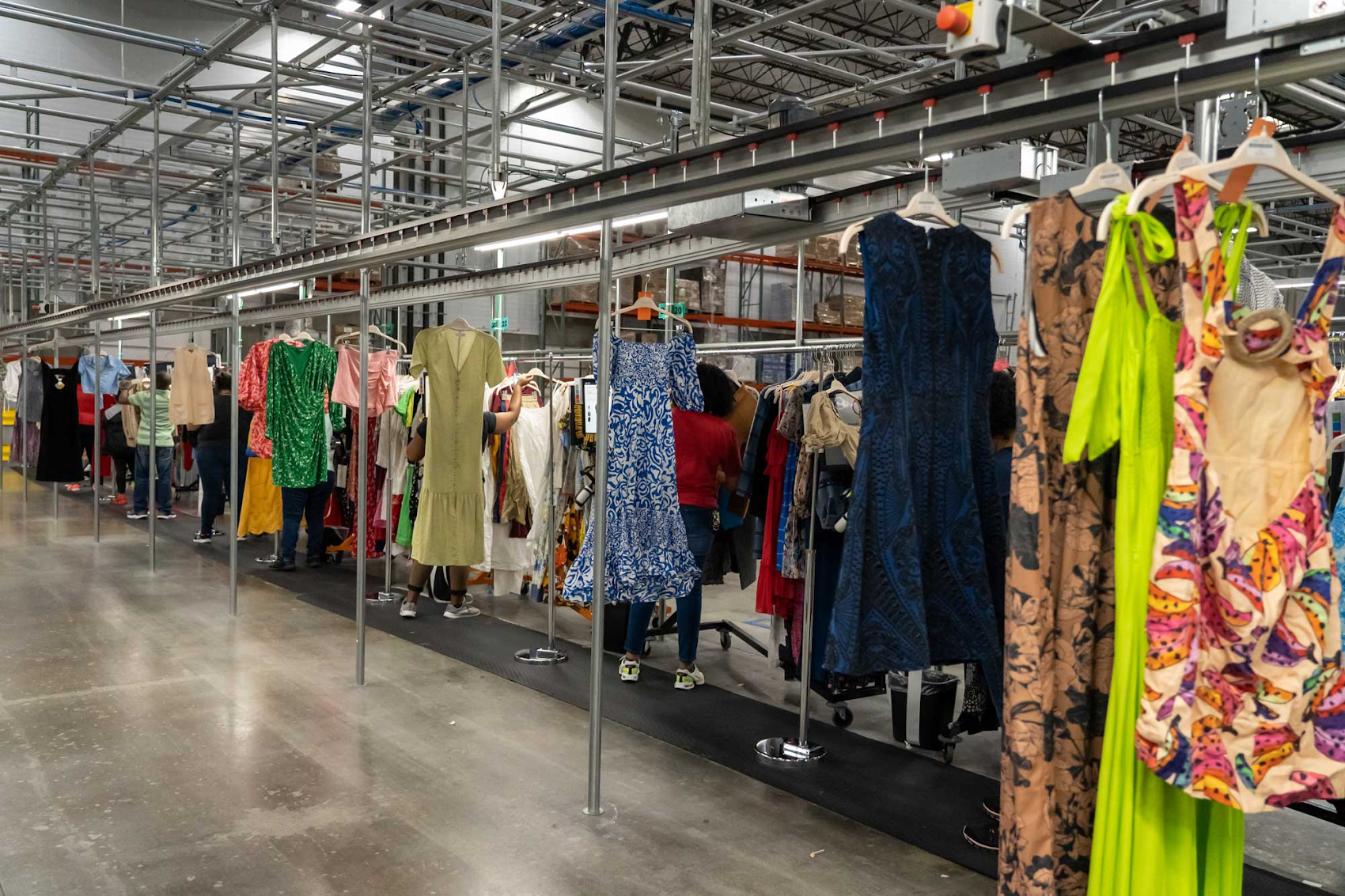How Rent the Runway found the right fit with Kubernetes to scale and innovate

Drew Bradstock
Senior Director, GKE Product Management, Google Cloud
Infrastructure modernization helps even newer enterprises keep a fresh look.
In 2009, Rent the Runway—then a small but ambitious startup founded at Harvard University—launched with a vision to change the way people find fashion. Creating what it called a “closet in the cloud,” the startup allowed people to rent and wear designer fashion and accessories.
Not only did the Rent the Runway team launch an entirely new business model for retail—it simultaneously built the infrastructure and technology stack it needed to operate at a nationwide scale, hosting its website and operations in a data center and utilizing self-managed virtual machines, also known as VMs, to scale.
It turned out to be a perfect fit. Rent the Runway’s sales climbed as the circular economy took hold, with the brand reaching more than 2.5 million lifetime customers renting fashion from more than 800 brands like Proenza Schouler, Ganni, and Staud. The fast-growing company completed multiple funding rounds from prominent investors as a private company and completed its IPO in October 2021.
Like many successful startups, years of growth presented the team at Rent the Runway with an opportunity to re-architect its underlying infrastructure to power its next phase of growth and innovation, unlocking new levels of scale.
In early 2020, Rent the Runway chose Google Cloud as its partner to bring the company’s entire IT infrastructure and e-commerce operations into the cloud. The company’s developers have worked alongside teams from Google Cloud to exit their data centers and migrate onto a more scalable container-based platform, and one that would power its future growth and innovation.
In this blog, we’ll explore several of the major considerations - and results - that Rent the Runway’s team prioritized in their migration to Google Cloud.
Aligning infrastructure to business needs
Rent the Runway built its first decade of growth, literally and figuratively, on a combination of hosted data centers and virtual machines. This enabled the company to successfully process transactions during peak shopping times and manage additional traffic to the platform brought in by its fashion subscription offering, launched in 2016.
In evaluating a move to the cloud, Rent the Runway’s technology team, led by CTO Larry Steinberg, sought to simplify the company’s underlying infrastructure, reduce the amount of time it took IT teams to manage it, and enhance their ability to quickly scale compute and storage up or down depending on the needs of its consumers.
To embrace elasticity beyond the capabilities offered by its self-managed virtual machines, Rent the Runway’s teams knew that migrating to a more flexible cloud platform using Google Kubernetes Engine (GKE) clusters would remove these limitations and allow the company to build on a more flexible and scalable infrastructure.


GKE enables organizations to run fully-managed containerized applications with both automation and at cloud scale, all while operating on Google Cloud’s secure and flexible infrastructure. Additionally, a GKE-managed approach to containers equips organizations with increased security for its TKTK clusters and maximizes time savings. Taken together, the benefits of a containerized system gives IT and engineering teams more time to focus on innovation and app development.
Now, with its underlying infrastructure running fully in containers on Google Cloud, Rent the Runway’s technology stack is even more responsive to its business needs. For example, its engineers can spin up new instances in a matter of minutes so the company can quickly scale up when demand from their customers spikes, or scale down during off-peak times. This offers performance when they need it and considerable cost savings when they don’t.
It’s also an example of the foresight and business value enterprises like Rent the Runway are taking advantage of when they undertake infrastructure modernization.
Notably, Rent the Runway’s teams began executing their cloud migration during a complex and fast-changing time for the company. Not only was the business preparing for an IPO, but it was focused on supporting day-to-day operations during a period of increased demand. While the initial move might have seemed daunting, the benefits at this crucial time far outweighed any reservations.
Prioritizing reliability and sustainability
Like all e-commerce businesses, maximizing uptime was a critical consideration for Rent the Runway. The company believed that moving onto Google Cloud’s trusted infrastructure—and the ability to deliver its workloads and applications across Google’s global network and regions—would improve its reliability and minimize latency for its customers.
Sustainability, too, was a key consideration for the company. Running its business on Google Cloud’s carbon neutral infrastructure supports the company’s decarbonization goals.
Now, with its underlying infrastructure running fully in containers, Rent the Runway’s technology stack is even more responsive to its business needs.
Empowering developers to innovate
Developers and engineers are the lifeblood of most technology companies. For Rent the Runway, this meant equipping its talented developers with enhanced infrastructure and tools to innovate.
By migrating to the cloud, Rent the Runway eliminated some administration and management duties for its developers, leaving them more time to work on projects that could power new, exciting experiences for consumers and support business goals. Utilizing an approach//service known as “infrastructure as code” lets Rent the Runway automate much of its deployment, so developers can get code into production faster.


In addition, Rent the Runway teams are using managed commodity services on Google Cloud instead of running them on their own in a self-hosted environment. This enables Rent the Runway teams to focus on developing the best technical solutions for their business problems without needing to make complicated infrastructure decisions. They can also easily run experiments to test new deployments and code, knowing that their infrastructure decisions are simple to adjust and pivot if necessary.
Now, having executed their successful migration to the cloud, Rent the Runway’s teams are considering more advanced features and practices that perform best on a vast global network like Google Cloud. Capabilities like modern data analytics and machine learning are only going to further the possibilities of enhanced products, enhanced experiences, and enhanced service that we’ve all come to expect from digital-first innovators like Rent the Runway.
You can hear directly from Rent the Runway’s team on what they have planned for the future on their blog, Dress Code.



